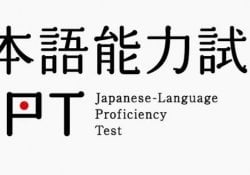The word ために (tameni) means "for someone", for something", "for the benefit of something", "for something", etc. This conjunction can be used to give continuity, a purpose, a purpose, a need, a cause, an effect, and the like.
The conjunction ために (tameni) is also used to relate a cause and effect, and to maintain the neutrality of facts. The conjunction ために is used when a verb is for the benefit of a noun.
Examples of ために:
日本語が分からない人の ために 英語で話してください。
Nihongo ga wakaranai hito no for the sake of hanashite kudasai eigo.
Please speak English to people who don't understand Japanese.
倒すためにスーパーサイヤ人になる
Taosu for the sake of supaasaiyajin ni naru
To defeat me become a super saiyan
試験のために勉強しています。
Shiken no for the sake of benkyou shite imasu.
I have studied for the test.
The conjunction ために can also be used to mean "In order to" or to cause an effect.
漫画を読むために、日本語を勉強しています。
manga or yomu for the sake ofI am studying Japanese
I am studying Japanese in order to read manga.
列車は雪のために遅れた
Ressha wa yuki no for the sake of okreta
The train was delayed because of the snow
for
Sometimes the particle に can be found at the end of the sentence, at other times ための is used. While the conjunction ために is used to say why you are doing something. The conjunction ための is used to say what purpose something has or has had. The particle ための is used when a noun is for the benefit of a noun.
Examples of ための:
これは子どものためのコンピューターです。
Kore wa kodomo no tame no konpyuutaadesu.
This is a computer for my kids
これは外国人の ための 日本語の辞書です。
kore wa gaikokujin no tame no It means "Japanese dictionary"
This is a Japanese dictionary for foreigners.
これはベジタリアンの ための 料理です
kore wa bejitarian no tame no ryouri desu
This is a dish for vegetarians.
Hope you enjoyed the article! The conjunction ために can also be used on many other occasions, but with time you get the practice. Thank you very much! Thank you in advance for possible comments and shares. Source of phrases: learn-japanese-adventure




